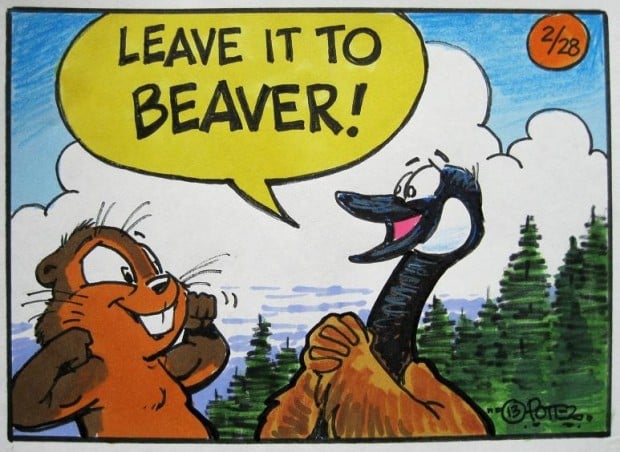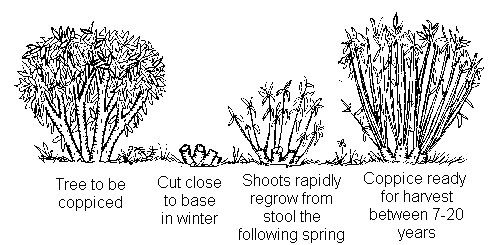Two weeks ago I wrote about the west Sacramento beavers that were being trapped because they chewed trees. I had in my mind the decision tree of my own – either blasting their ignorance, or coaxing some wisdom into life by talking sense to power. I chose the latter, and wrote the forest manager and the editor with friendly suggestions and I didn’t use a single unkind word. I was rewarded by an invitation to write an op-ed for the paper, which I’m told ran this week. (The paper isn’t online. I found out about the article because Leonard Houston’s sister in law scanned it and sent it to me) I was thanked by the forest manager who said she was sending my letter on to all her colleagues.
Alright then. That worked well. Maybe you DO catch more flies with honey than with vinegar.
But after all those successes I got word of a recent UPI article, two weeks later, describing the same thing, in the same alarming tones. Obviously a second press release was issued, maybe after my op ed ran? It’s the classic complain louder technique that we enjoyed when we were toddlers. If it works for three year olds why not try it for forest managers?
WEST SACRAMENTO, Calif., Feb. 28 (UPI) — A beaver invasion in West Sacramento, Calif., has put homeowners on alert as police estimate as many as 30 rodents have infiltrated a neighborhood. “I started getting lots of calls from concerned residents,” West Sacramento’s Urban Forest Manager Dena Kirtley told KOVR-TV, Sacramento, in a report published Wednesday.
He said about six beavers have been trapped so far but many more are roaming the neighborhood, tearing down trees. “They can weigh upwards of 70 pounds and by the damage on the trees, were a good 4-feet tall,” Kirtley said.

Well, just dead actually.We don’t live trap beaver in California. Four feet tall, Dena? I guess maybe if they stretch on their webbed tippy toes, but there weren’t 6 beavers that were four feet tall, you killed some children too. Apparently once Sacramento minds are made up you can teach them very little.
—————————————————————
Quick burst of good news to wash that bad beaver-killin’ taste our of your mouth. Leonard Houston just got back from Eugene Oregon where he was part of a panel discussing beavers and salmon at the Environmental Law Conference.






 Research has shown that Beaver activity has a dynamic and generative impact on willow. In addition to cutting trees, their ponding and damming actually creates more ideal riparian border for willow to sprout. In fact some researchers have even referred to beaver as “willow farmers”. One
Research has shown that Beaver activity has a dynamic and generative impact on willow. In addition to cutting trees, their ponding and damming actually creates more ideal riparian border for willow to sprout. In fact some researchers have even referred to beaver as “willow farmers”. One 



































